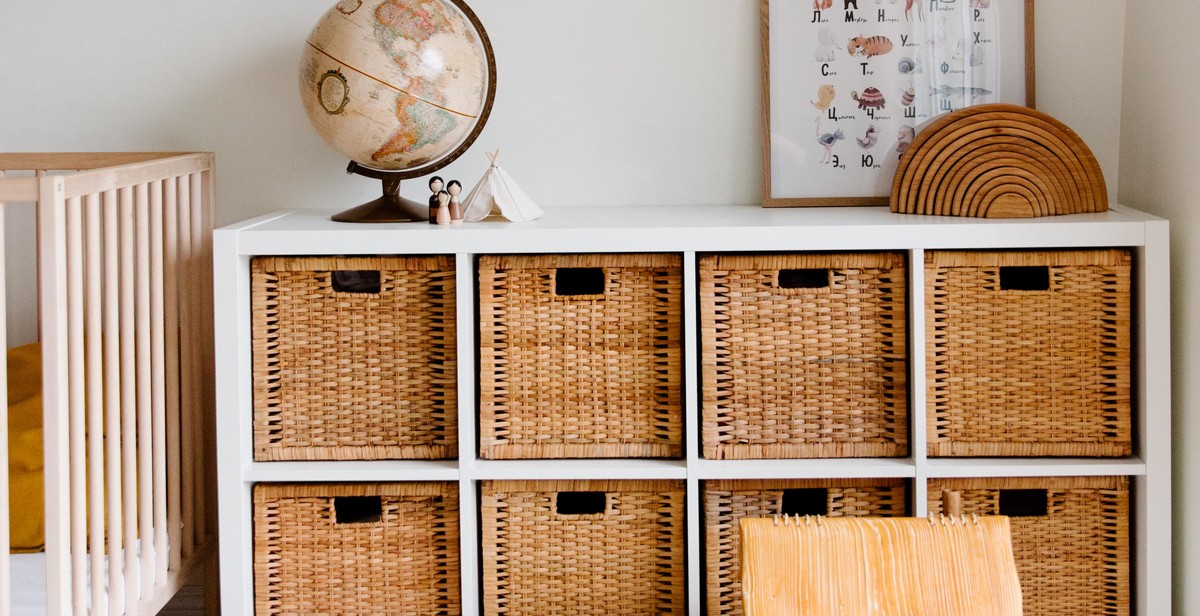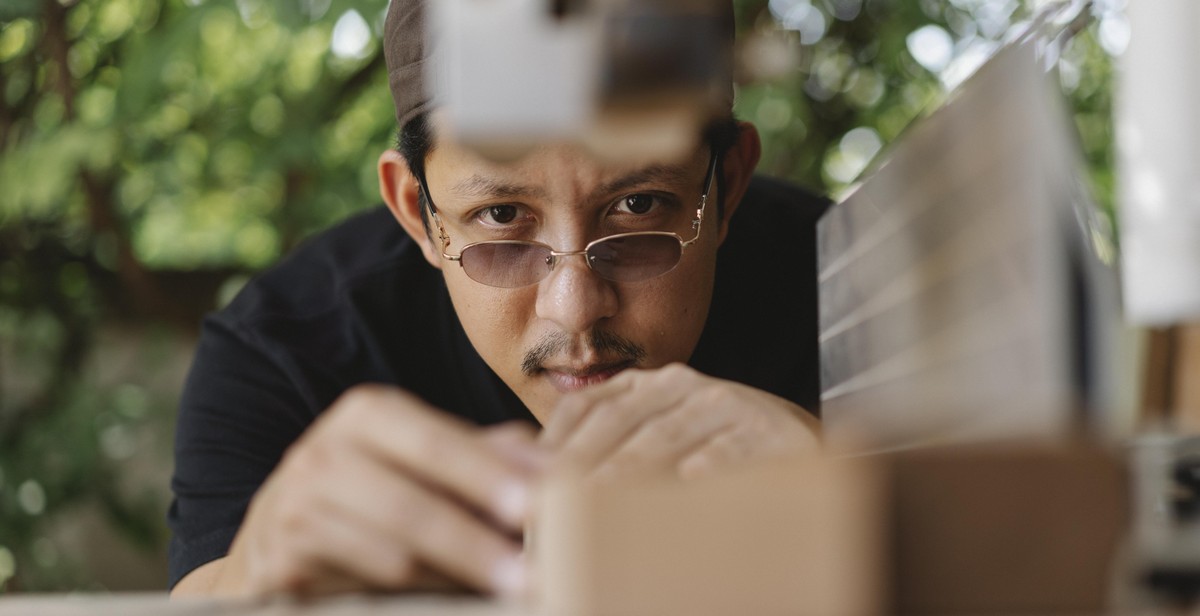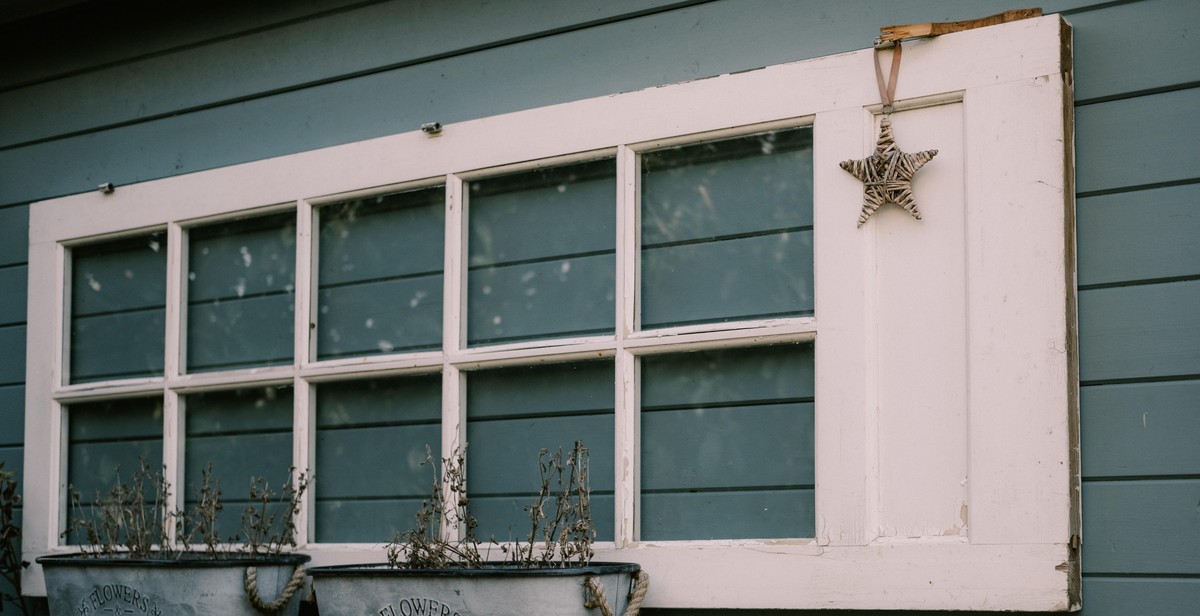Introduction: How to Build a DIY Raised Planter Box for Easy Gardening
If you’re an avid gardener or just starting out, you may have heard of raised planter boxes. These boxes offer many benefits for growing plants and vegetables, making them a popular choice for backyard gardens. In this article, we’ll show you how to build your own DIY raised planter box for easy gardening.
Benefits of Raised Planter Boxes
Raised planter boxes have several advantages over traditional ground-level gardens:
- Better drainage: Raised planter boxes allow excess water to drain more easily, preventing root rot and other water-related issues.
- Less bending: By elevating the planting area, raised planter boxes reduce the need for bending or kneeling while gardening, making it easier on your back and knees.
- Improved soil quality: Raised planter boxes allow you to control the soil quality by adding nutrient-rich soil and compost, resulting in healthier plants and better yields.
- Less weeding: With raised planter boxes, you can easily control the soil and keep weeds at bay, saving you time and effort in the long run.
Now that you know the benefits of raised planter boxes, let’s get started on building your own DIY raised planter box for easy gardening!

Step 1: Gather Materials
Before starting your DIY raised planter box project, it is important to gather all the necessary materials beforehand. This will save you time and prevent any last-minute trips to the hardware store. Here is a list of materials you will need to build your own raised planter box:
Materials:
- 4 pieces of 2×4 lumber, 8 feet long
- 2 pieces of 1×4 lumber, 8 feet long
- 1 piece of 4×4 lumber, 8 feet long
- 1 roll of weed barrier fabric
- 1 box of wood screws, 3 inches long
- 1 box of wood screws, 1 ½ inches long
- 1 box of wood screws, 1 inch long
- 1 box of wood screws, 2 ½ inches long
- 1 box of wood glue
- 1 bag of gravel
- 1 bag of potting soil
- 1 circular saw
- 1 drill
- 1 level
- 1 measuring tape
- 1 pair of safety glasses
Optional Materials:
- 1 piece of hardware cloth, 8 feet long
- 1 box of staples for staple gun
- 1 staple gun
It is important to note that these are just suggested materials. You may need more or less depending on the size of your planter box. Always double-check your measurements and adjust accordingly.
Table of Materials:
| Material | Quantity |
|---|---|
| 2×4 lumber, 8 feet long | 4 pieces |
| 1×4 lumber, 8 feet long | 2 pieces |
| 4×4 lumber, 8 feet long | 1 piece |
| Weed barrier fabric | 1 roll |
| Wood screws, 3 inches long | 1 box |
| Wood screws, 1 ½ inches long | 1 box |
| Wood screws, 1 inch long | 1 box |
| Wood screws, 2 ½ inches long | 1 box |
| Wood glue | 1 box/bottle |
| Gravel | 1 bag |
| Potting soil | 1 bag |
| Circular saw | 1 |
| Drill | 1 |
| Level | 1 |
| Measuring tape | 1 |
| Safety glasses | 1 pair |

Step 2: Measure and Cut Wood
Once you have gathered all the necessary materials, it’s time to measure and cut the wood. This is a crucial step because the accuracy of your measurements will determine the overall stability and appearance of your raised planter box.
Materials Needed:
- Tape measure
- Saw (circular saw, handsaw, or miter saw)
- Safety glasses
- Pencil or marker
- Sandpaper
Step-by-Step Guide:
- Begin by measuring and marking the wood according to the dimensions of your planter box. Use a tape measure and a pencil or marker to ensure accuracy.
- Once you have marked the wood, use a saw to cut it. A circular saw, handsaw, or miter saw can all be used depending on your preference and the availability of tools. Be sure to wear safety glasses while cutting the wood.
- After cutting the wood, use sandpaper to smooth any rough edges or surfaces. This will prevent splinters and make the wood easier to handle.
- Repeat this process for all the necessary pieces of wood according to your planter box design.
It’s important to note that the accuracy of your measurements and cuts will affect the overall stability and appearance of your raised planter box. Take your time and double-check your measurements before cutting the wood. This will save you time and frustration in the long run.
Conclusion
Measuring and cutting the wood is a crucial step in building a DIY raised planter box. By following these steps and taking your time, you can ensure that your planter box will be stable, functional, and aesthetically pleasing.

Step 3: Assemble the Planter Box
Now that you have cut the wood according to the measurements in Step 2, it’s time to assemble the planter box. Here’s how:
Attaching the Sides
- Place one of the 48-inch boards on its side and align one of the 16-inch boards at a right angle.
- Using a drill and wood screws, attach the two boards together. Repeat this step for the other side of the planter box.
- Take one of the side pieces and stand it upright, attaching the corresponding 16-inch board to the bottom edge of the side piece.
- Repeat this step for the other side piece.
Attaching the Bottom
- Place the two assembled sides parallel to each other, with the 48-inch boards facing outward.
- Attach the 24-inch boards to the bottom of the planter box, using wood screws.
- Make sure the bottom boards are evenly spaced and flush with the sides.
- Flip the planter box over and attach the bottom boards to the sides with wood screws.
Once you have attached the sides and bottom, your planter box is almost complete. In the next step, you will add the finishing touches to make it ready for planting.

Step 4: Add Legs (Optional)
Adding legs to your raised planter box is an optional step, but it can provide several benefits. Here are some reasons why you might want to consider adding legs:
- Easier Access: If you have limited mobility or prefer not to bend down to tend to your plants, adding legs can raise the planter box to a more accessible height.
- Better Drainage: Elevating the planter box with legs can improve drainage and prevent soil from becoming waterlogged.
- Protection from Pests: Raising the planter box off the ground can help keep pests, such as snails and slugs, from accessing your plants.
- Aesthetics: Adding legs can give your planter box a more polished and professional look.
When it comes to choosing legs for your raised planter box, there are several options to consider:
- Wooden Legs: Wooden legs can be cut to the desired height and attached to the corners of the planter box using screws or brackets. They can be stained or painted to match the color of the planter box.
- Metal Legs: Metal legs can be purchased pre-made or custom fabricated. They are durable and weather-resistant, making them a good choice for outdoor planter boxes.
- PVC Legs: PVC legs are lightweight and easy to install. They can be cut to the desired height and attached to the corners of the planter box using PVC cement.
Once you have chosen your legs, attach them to the corners of the planter box using screws or brackets. Make sure the legs are level and stable before adding soil and plants.
| Materials Needed: | Tools Needed: |
|---|---|
| Legs (wooden, metal, or PVC) | Drill |
| Screws or brackets | Screwdriver |

Step 5: Fill with Soil and Plants
After completing the construction of your DIY raised planter box, it is time to fill it with soil and plants. Choosing the right soil and plants is crucial for the success of your garden, so take your time and do some research before making your selections.
Choosing the Right Soil
When it comes to soil, it is important to choose a high-quality mix that is appropriate for the type of plants you want to grow. Look for soil that is rich in nutrients and has good drainage to prevent waterlogging and root rot. A good mix should contain a blend of organic matter, such as compost or peat moss, and inorganic matter, such as perlite or vermiculite, to provide a balanced environment for your plants.
You can also consider adding amendments to your soil mix, such as bone meal or blood meal, to provide additional nutrients for your plants. However, be careful not to overdo it, as too much of a good thing can be harmful.
Planting Your Garden
Once you have filled your planter box with soil, it is time to start planting. Consider the size and spacing requirements of your plants and arrange them in a way that allows them to grow to their full potential. You can also mix and match different types of plants to create a visually appealing and diverse garden.
- When planting, be sure to dig a hole that is deep enough to accommodate the roots of your plants.
- Place your plants in the holes and gently pack the soil around the roots, being careful not to damage them.
- Water your plants thoroughly after planting to help them settle in and establish roots.
- Consider adding a layer of mulch on top of the soil to help retain moisture and prevent weed growth.
With the right soil and plants, your DIY raised planter box can provide a bountiful harvest of fresh, healthy produce. Enjoy the fruits of your labor and happy gardening!

Conclusion
Building a DIY raised planter box is an excellent way to enjoy your gardening experience. It is easy and affordable to build, and it provides a perfect environment for growing your favorite plants and vegetables. You can customize your planter box to suit your gardening needs and preferences, and you can also choose the right materials that will ensure durability and longevity.
With the right tools and materials, you can build your DIY raised planter box in a few hours. You can also involve your family and friends in the building process, making it a fun and engaging activity. Once your planter box is complete, you can start planting your favorite seeds and watch them grow and thrive.
Final Thoughts
Building a DIY raised planter box is a fulfilling and satisfying experience. It allows you to connect with nature, grow your own food, and enjoy the beauty of your garden. With this guide, you can build your planter box and take your gardening experience to the next level.
Remember to choose the right materials, follow the instructions carefully, and enjoy the building process. Your DIY raised planter box will not only enhance the beauty of your garden but also provide you with fresh, healthy produce that you can enjoy with your family and friends.
